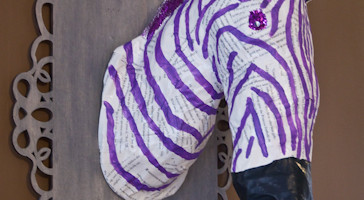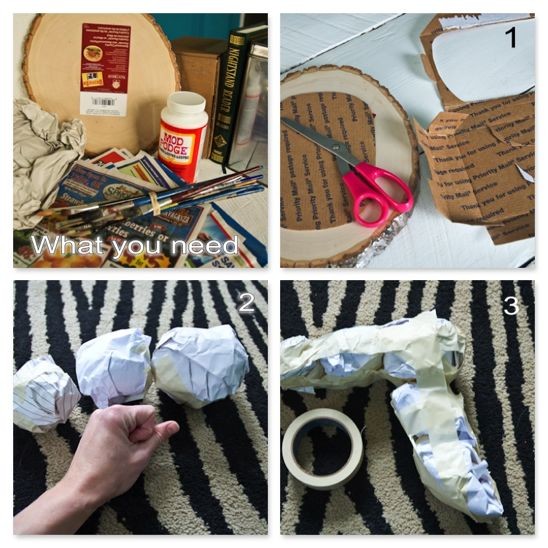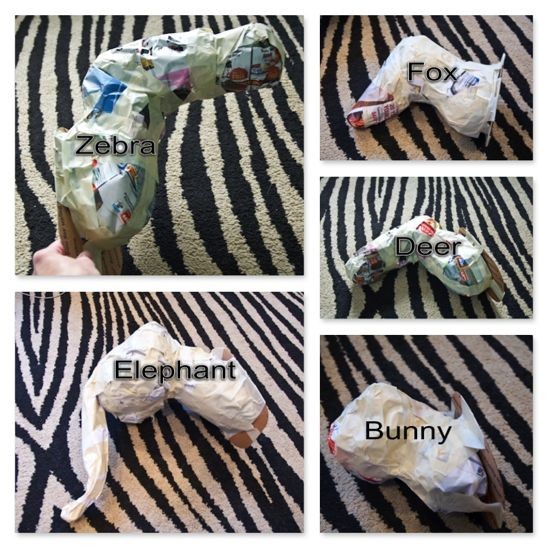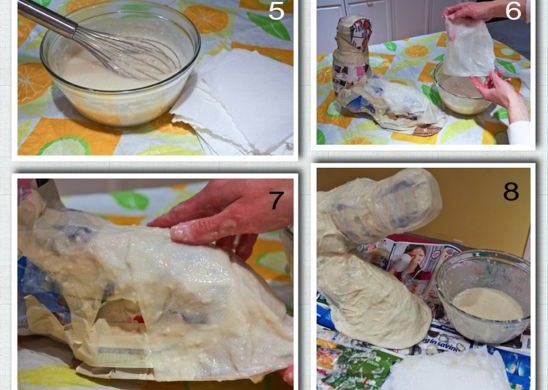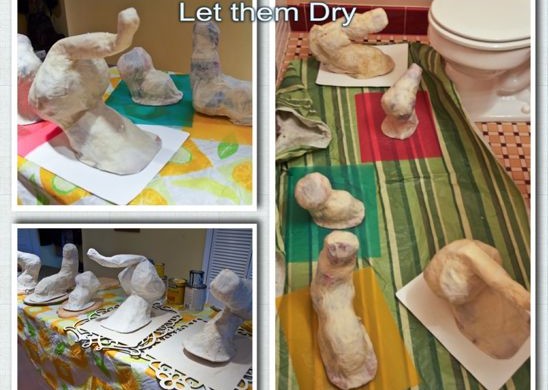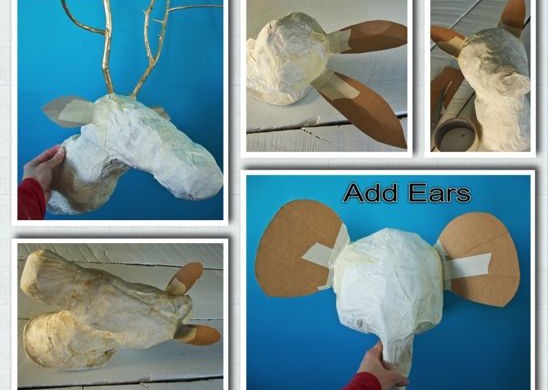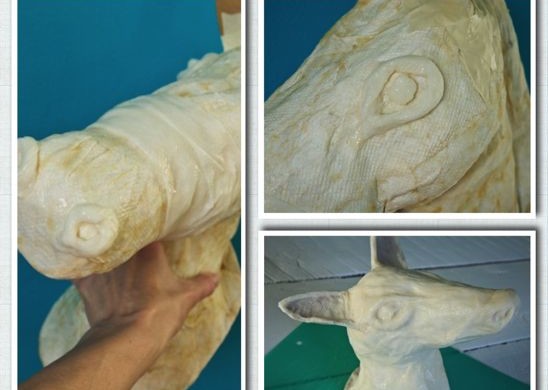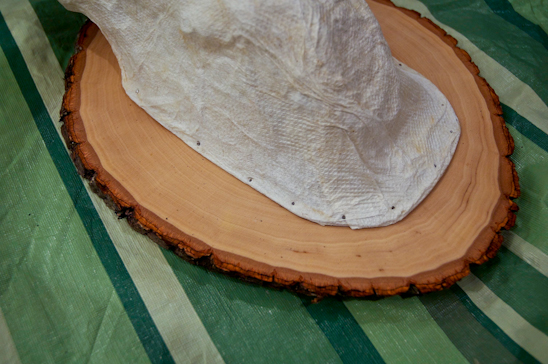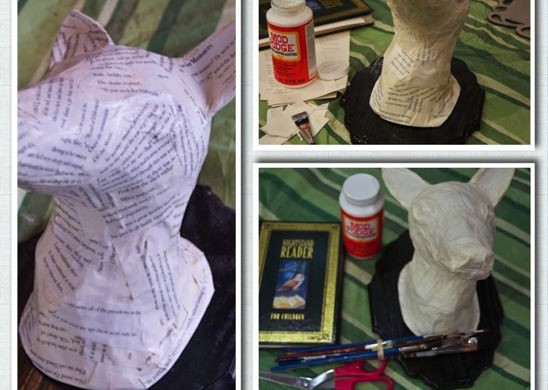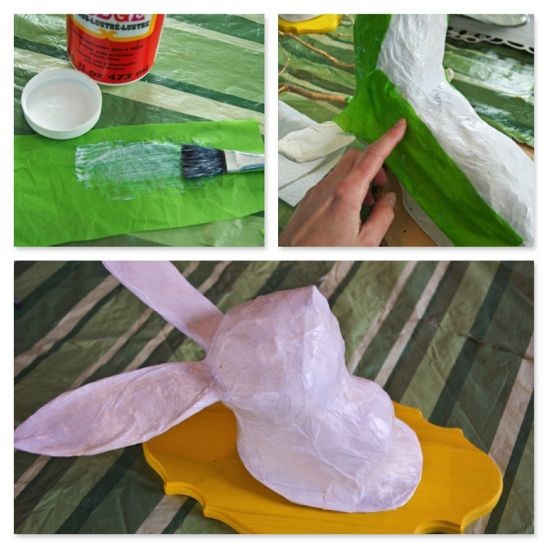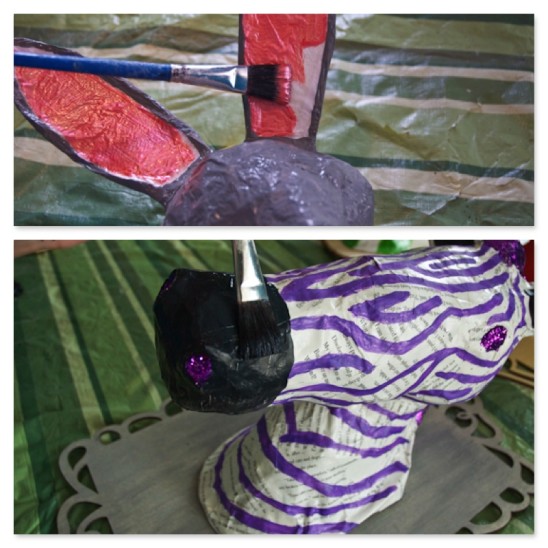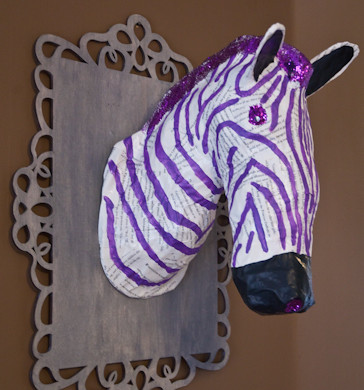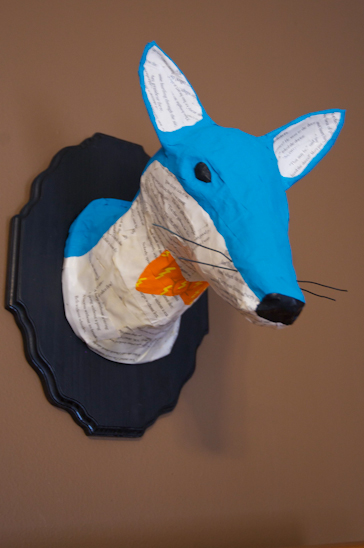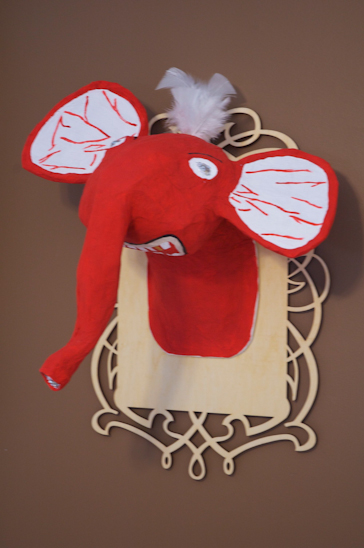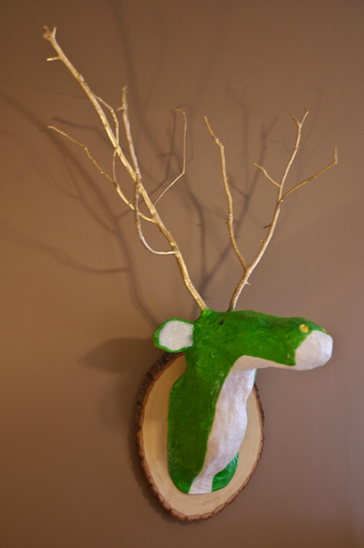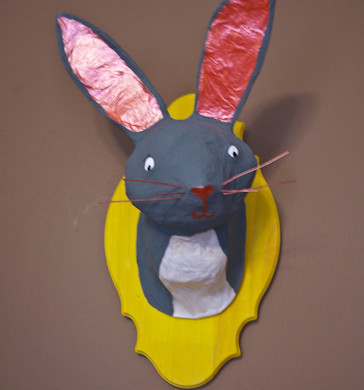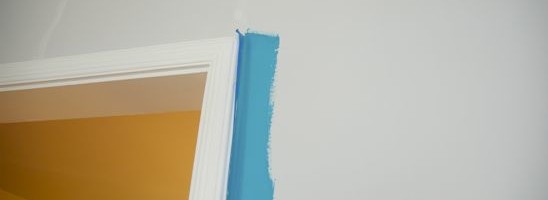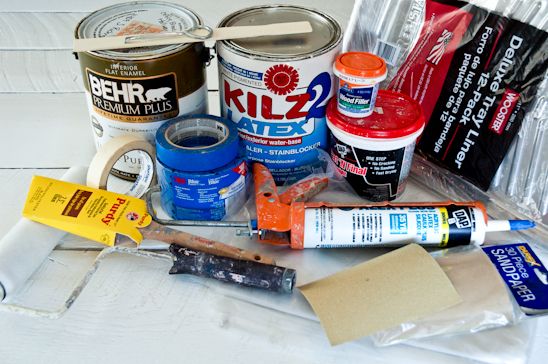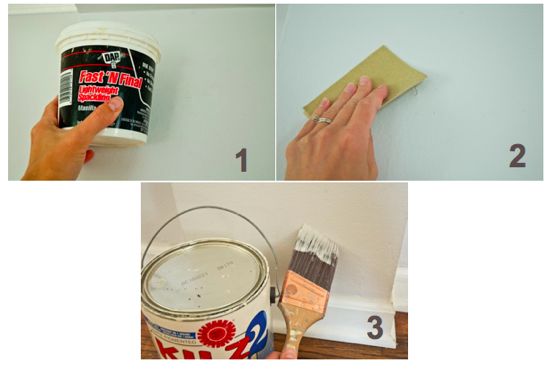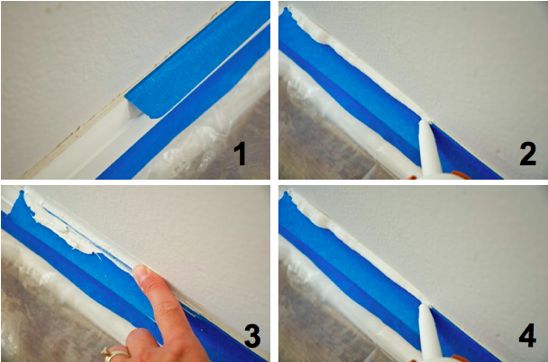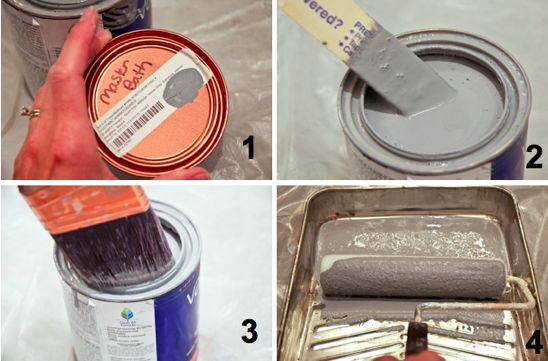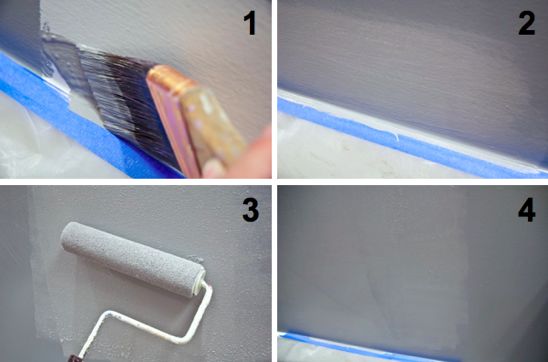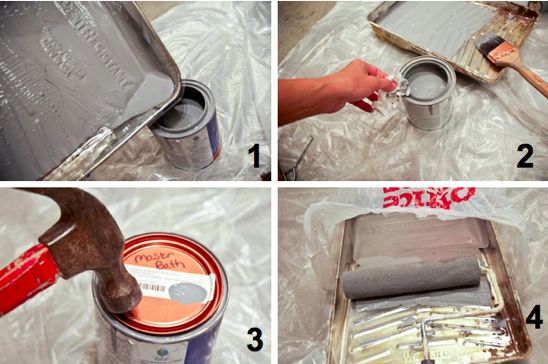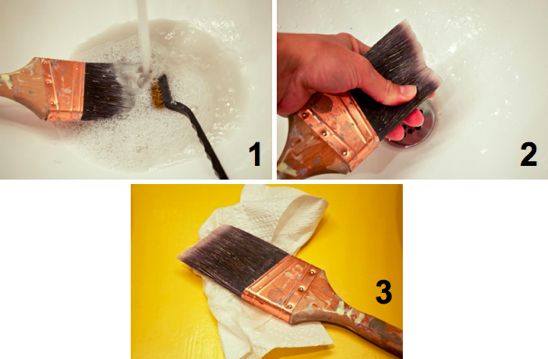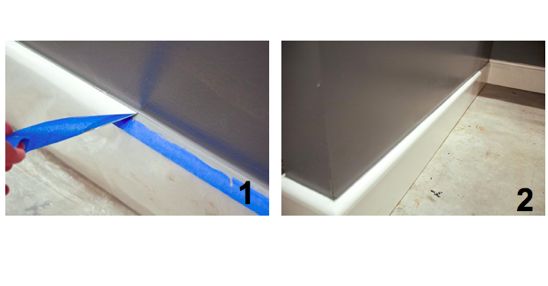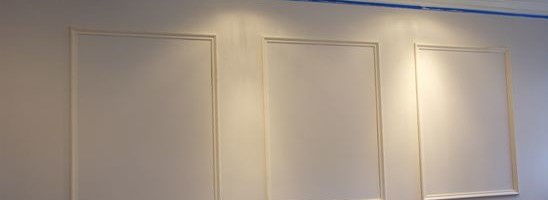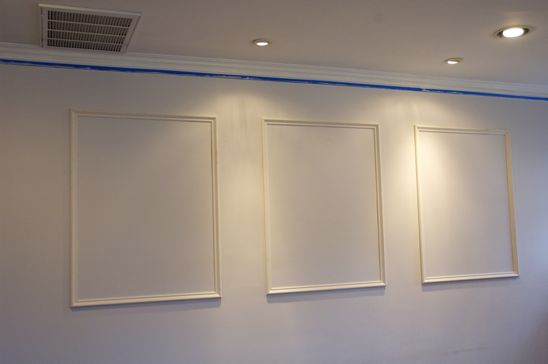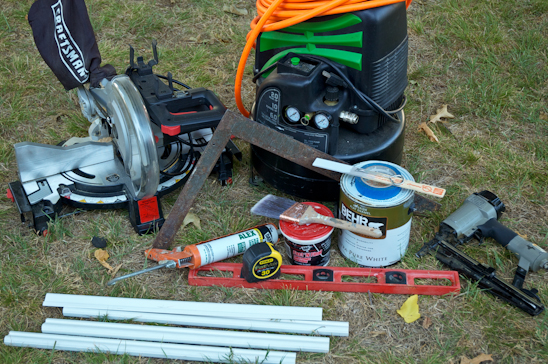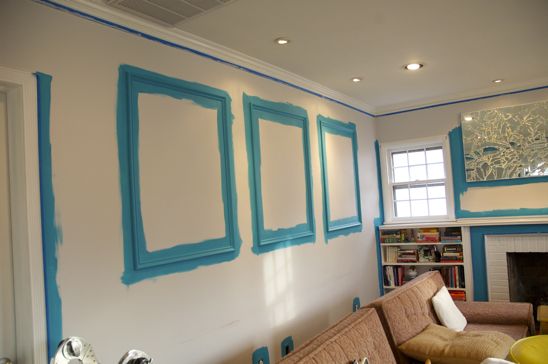DIY Nursery Mobile-Cloudy with a Chance of Rain
The baby belly is growing, the pants are shrinking, and the DIY in me has come out with full force. I wanted a colorful and whimsical mobile for above the crib for Baby G. However, I didn’t want to pay the price from some fancy store that also sells $54 burp rags.

So, after gathering my trusty hot glue gun, a roll of paper towels, fishing string and colorful felt…I got to work. I spent about $4 to make this mobile. Granted, I had a few of these things on hand. If you have to start from scratch-I estimate about $10-15 to complete this project. Not bad for a pregnant woman. Not bad at all.

Here’s all that you’ll need to make your very own Cloudy with a Chance of Rain Mobile:
Newspaper
Masking Tape
Roll of Paper Towels
Flour
Thick Fishing Line and quilting needle (or a very tough needle)
Pillow Stuffing
Hot glue gun and glue sticks
Colorful felt and thread
Ric Rac, Ribbon, or something similar
White swag hooks (from Lowe’s or Home Depot, etc)

First, make “clouds” from balled up newspaper. Make them the appropriate size for the space. I chose to make a large, medium and small cloud. Use masking tape to secure the newspaper together.
Next, use a one part flour to 5 parts water mixture. Heat the water up on the stove and slowly whisk in the flour until it’s the consistency of a thick soup. Let cool.
Dip paper towels that have been cut in half into the soupy mixture and apply to the newspaper clouds, one at a time. Cover the entire cloud with a thin layer of paper towels.
While the newspaper and paper towels are still wet, use the quilting needle to pass a long piece (about 4′ total) of fishing line through the top of your cloud, about 3-4″ down from the top. Allow an equal amount of fishing line on either side (about 2′). If the cloud is larger, I recommend having two places that you pass fishing line through. This will be what the mobile hangs from.
Tie the (2) 2′ pieces of fishing line together and use a coat hanger to suspend the clouds. Let dry overnight.
Once the cloud is dry, cover the entirety of it with the pillow stuffing by using a hot glue gun. Be careful not to burn your fingers as I did, over and over and over….
Next, cut out of the felt: raindrops, umbrellas, lightening bolts, cats and dogs or whatever else your little creative mind comes up with to hang from the bottom of the cloud. I cut out two pieces per item to give it a little more strength and dimension.
Sew the two pieces together around the outside of the object.

After you have sewn all the pieces, arrange them in the order you’d like to see them “drop” from the cloud.

Attach the pieces to one another using a hot glue gun. I chose ric rac, but you can use ribbon or anything else that you fancy.

Part the stuffing at the bottom of the cloud so that you can attach the ric rac with a hot glue gun. I used a wooden skewer to push the ric rac into the bead of hot glue to avoid burning my fingers-again.

Hang each cloud from the ceiling on a swag hook, using the fishing line you sewed through the top to secure it to the hook.
Stand back and enjoy your handiwork. I know that Baby G. is going to love it!
**See what else I’ve made for the nursery: DIY Plaster Animal Heads
Linking up to these Parties:







